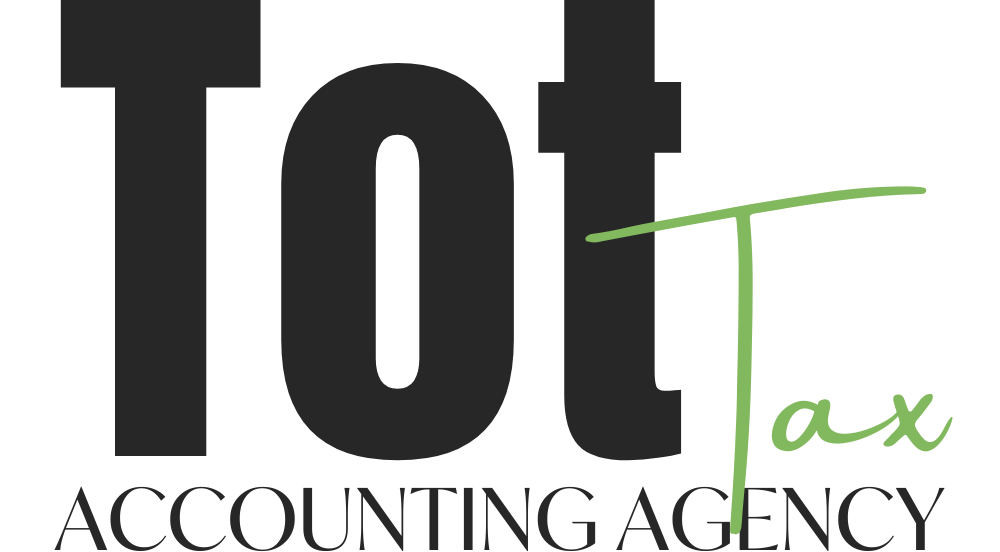5 Surprising Ways That You May Be Considered Self-Employed
New forms of non-traditional employment, like virtual assistants, are blurring the line between independent contractors and employees.
To be considered an independent contractor, one must perform a service, though it can vary in terms of the degree of control and independence. Typically, independent contractors don't have to wear a uniform, maintain regular business hours, or use their own equipment. They also don't have to provide a workspace. In short, they should maintain the freedom to structure their own work environments.
Employee status, on the other hand, involves the economic and organizational dependency of one person on another. The employee is economically dependent on the employer and subject to the employer's control.
So, are you self-employed? Here are five surprising ways that you may be self-sustaining.
1. You Work Part-Time
Part-time work may seem more like an enjoyable by-product of another job, rather than a source of self-employment. But part-time work is a good way to be self-employed without being self-sustaining.
If you are able to raise a good amount of money using your side business or your incubator business, consider going full time. Consider what it would take to go full time and what you could conceivably do in order to support yourself. However, if you aren't able to raise that kind of money, you may want to consider taking a part-time job with an employer.
2. You Work From Home
Self-employment has been a point of contention for years. Some say that those who work from home should be considered employees, while others argue that they shouldn't.
With the internet and telecommunication devices, many are able to work from home. If you are a freelance writer, you may be able to work from home. You may also be able to work from home as a virtual assistant or for a telecommuting company.
According to the IRS, if you are self-employed, you are supposed to keep track of the hours that you work from home. That being said, it's also easy to see how it could be argued that you aren't self-employed.
3. You Are Able to Meet the IRS Requirements
If you don't meet the IRS criteria, you are an employee. If you don't meet the criteria but are labeled an independent contractor anyway, you may have grounds for a lawsuit. According to TaxAudit.com, one of the IRS guidelines is that "you are an independent contractor if you have the right to control or direct only the result of the work and not what will be done and how it will be done."
4. You Work Part-Time for an Employer
Some people are able to work part-time for an employer, while still being an independent contractor in their own right. The IRS's official definition of self-employment shows that it's possible: "If you have your own business, you are self-employed if you work full-time or part-time in your own business, whether or not you work for others."
However, it's not always possible to be self-employed and work for a company at the same time. If you're asked to wear a uniform and maintain regular business hours, you are likely working for an employer, not as a self-employed individual.
5. You Are an Independent Contractor With an Employer
In some cases, it's possible to be an independent contractor at a company full time, while also working part-time for other companies.
For example, if you work at a company as an independent contractor like a freelance graphic designer, you may also work as an independent contractor at another company. This arrangement can work as long as you do not wear a company's uniform nor maintain regular business hours while you are working.
Conclusion
Self-employment can be a powerful way for people to save for retirement or start their own businesses. The criteria and qualifications for being a self-employed worker can be complicated. The most important thing to remember is that you should be mindful of what you are doing and why you are doing it.
